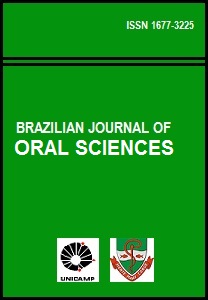Abstract
Aim: The aim of this study was to determine the morphologic characteristics of the dental arches in the ethnic group “Mazahua” and mestizo teenagers from central Mexico. Methods: A sample of 80 Mazahua and 80 mestizo teenagers with normal occlusion, divided into two age groups, were evaluated. A digital caliper was used to measure in cast models the intercanine width, intermolar width, length and perimeter of the arch, occlusal intermaxillary curve (of Spee), overjet, and overbite. A comparative analysis with Student’s t-test was applied between gender and population groups. Results: Comparison of the dental arches between Mazahua and mestizo teenagers revealed that statistically significant differences existed with respect to most of the measurements. In most cases, they were greater in males; the Mazahua teenagers had intercanine and intermolar widths greater than mestizo teenagers. Conclusions: Each group has a characteristic dental arch form. The ethnic group Mazahua has squared arches, whereas the mestizo teenagers have oval arches, which give them their particular facial characteristics. These findings indicate that population-specific standards are necessary for clinical assessments.The Brazilian Journal of Oral Sciences uses the Creative Commons license (CC), thus preserving the integrity of the articles in an open access environment.
Downloads
Download data is not yet available.

